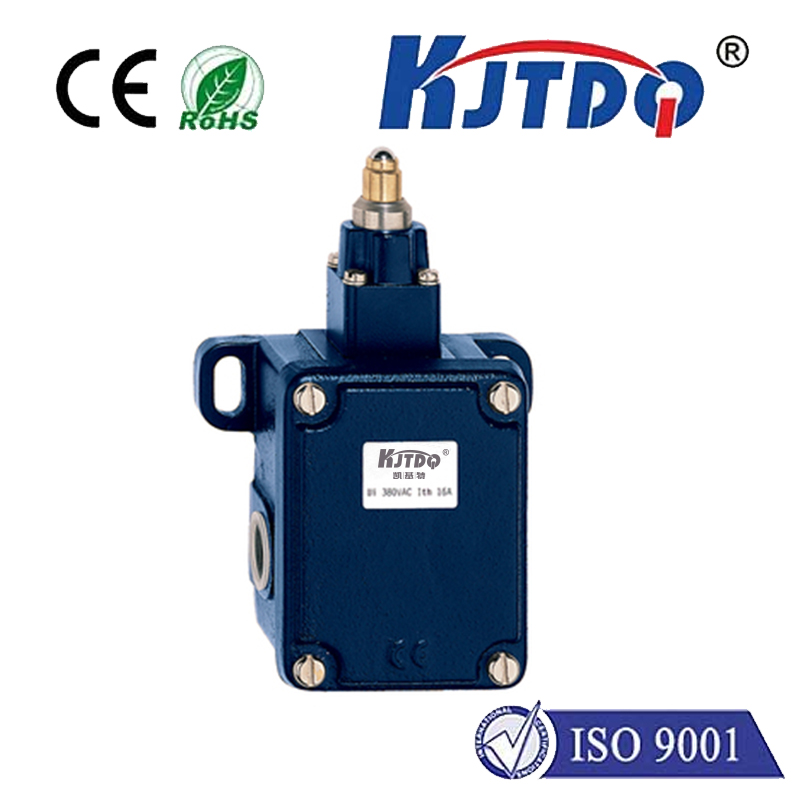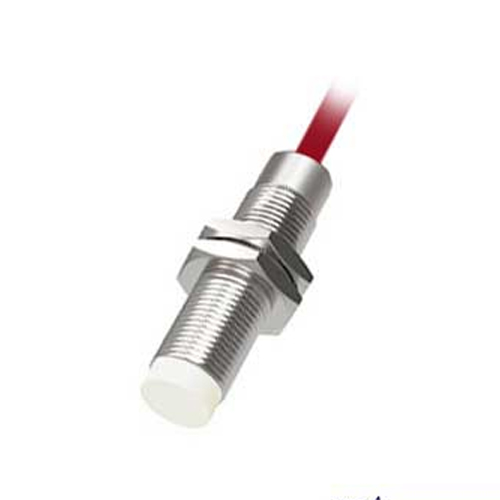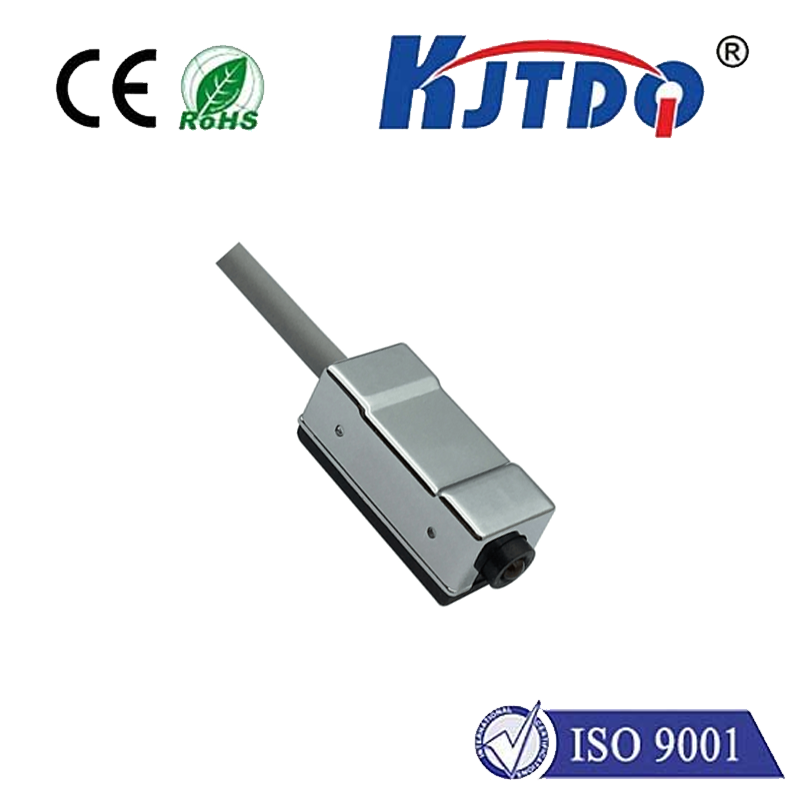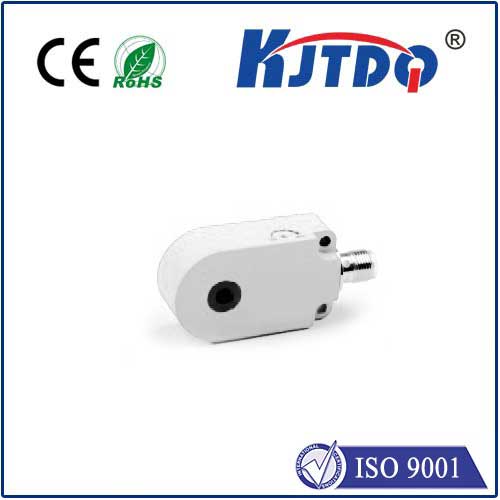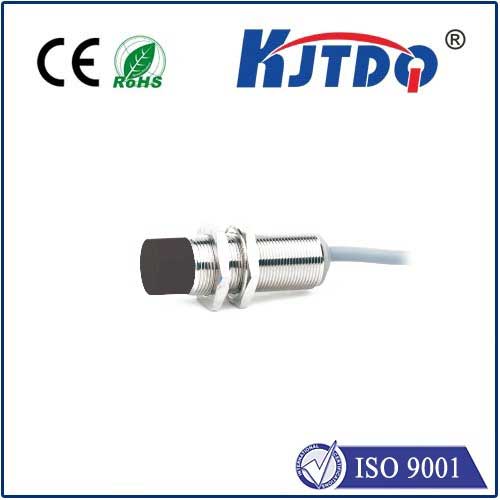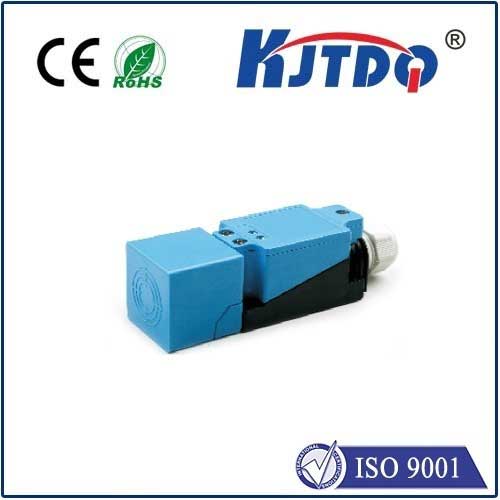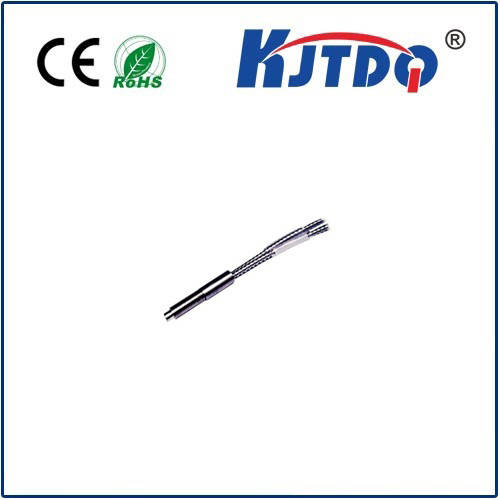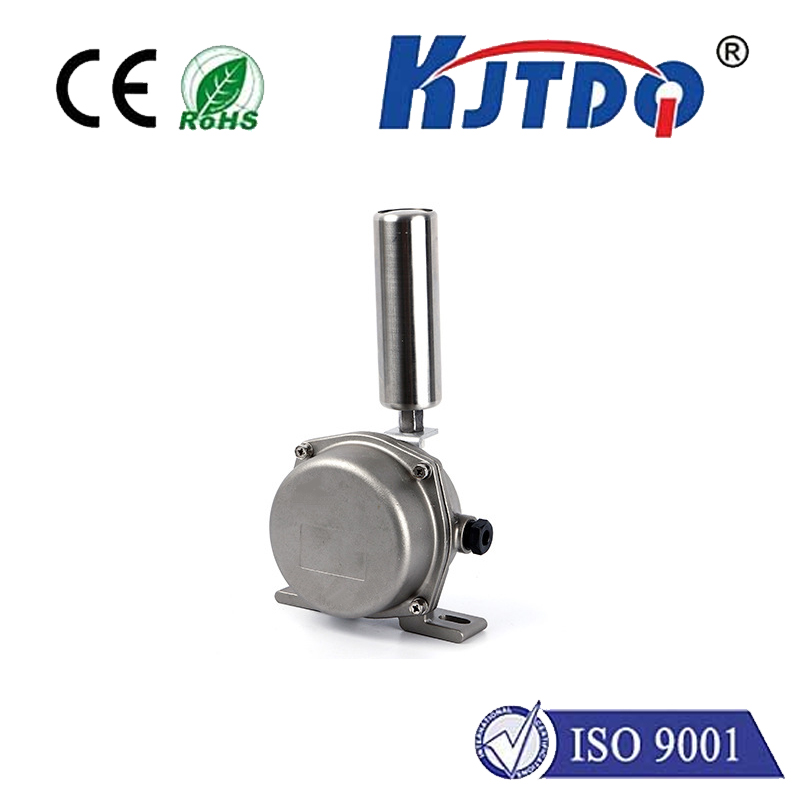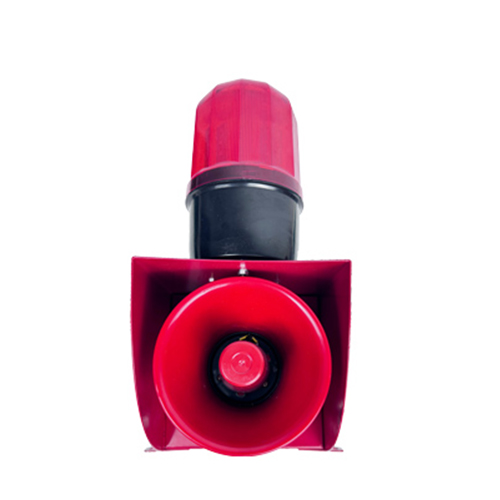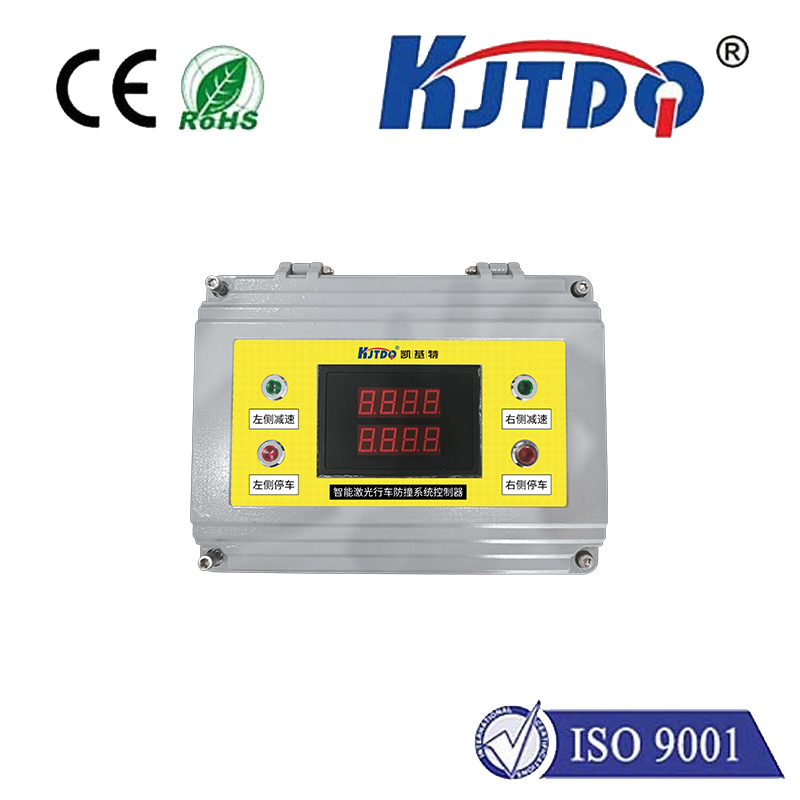

check

check

check

check

check

check

check

check

check

check
Title: The Importance and Applications of Distance Measuring Sensors
Introduction
Distance measuring sensors are an essential component in various industries, including transportation, logistics, agriculture, construction, and manufacturing. These devices play a crucial role in determining the precise distance between two points or objects, enabling accurate measurements and data analysis. In this article, we will discuss the importance of distance measuring sensors and their diverse applications.
Section 1: Understanding Distance Measuring Sensors
Distance measuring sensors work by emitting a beam of radiation and then receiving it back at a reference point. The time taken for the radiation to travel from the sensor to the target object and back is used to calculate the distance. There are different types of distance measuring sensors based on their technologies, such as ultrasonic, infrared, electromagnetic, and radiometric. Each type has its unique advantages and disadvantages, depending on the application requirements.

Section 2: Importance of Distance Measuring Sensors
The primary advantage of distance measuring sensors is their ability to provide precise measurements without requiring direct contact with the target object. This makes them ideal for use in hazardous environments where physical interaction could lead to damage or injury. Distance measuring sensors can also be used to track the movement of objects over long distances, monitor traffic flow, and detect obstacles in real-time.
In addition to their practical applications, distance measuring sensors have significant economic benefits. They can help businesses reduce costs associated with manual measurement and improve operational efficiency. For example, in logistics and transportation, distance measuring sensors can assist in optimizing delivery routes, reducing fuel consumption, and improving vehicle maintenance schedules.
Section 3: Applications of Distance Measuring Sensors
Distance measuring sensors have a wide range of applications across various industries. Here are some examples:
1. Transportation: Distance measuring sensors are used in GPS systems to determine the precise location of vehicles and enable real-time tracking. They can also be used to monitor traffic congestion, optimize routing, and ensure compliance with safety regulations.
2. Agriculture: In agriculture, distance measuring sensors can be used to monitor crop growth and soil quality, predict weather patterns, and optimize irrigation schedules. This helps farmers make data-driven decisions about planting, harvesting, and pest control.
3. Construction: Distance measuring sensors are essential for surveying and mapping construction sites. They can help ensure accuracy during layout planning, measure distances between structures, and monitor progress during construction.
4. Manufacturing: In manufacturing processes, distance measuring sensors can be used to verify assembly quality, detect defects, and optimize production processes. This helps manufacturers minimize downtime and increase productivity while maintaining product quality.
Conclusion
In conclusion, distance measuring sensors play a crucial role in many industries by providing accurate measurements without requiring direct contact with the target object. Their widespread applications make them valuable tools for improving operational efficiency, reducing costs, and enhancing safety measures. As technology continues to advance, we can expect that distance measuring sensors will become even more advanced and useful in addressing complex challenges facing various industries.
